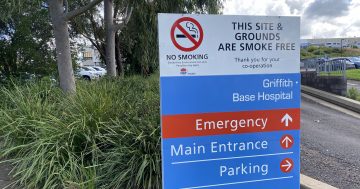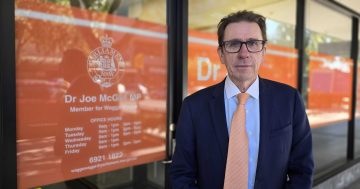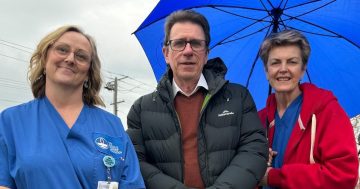
Healthcare professionals are already starting to see the benefits of the Single Employer Model, which is being implemented across regional NSW. Photo: iStock/PeopleImages.
Healthcare professionals from across Australia have gathered at Wagga Wagga’s International Hotel for a pivotal forum to discuss the future expansion of the Single Employer Model in regional NSW.
The Single Employer Model is a pathway that allows medical students to have end-to-end training at the University of NSW before advancing to training to become general practitioners in rural areas.
UNSW Associate Dean and Head of the School of Clinical Medicine, Dr Tara Mackenzie, said Friday’s (21 July) forum showcased to healthcare personnel the importance of the new model and its impressive results of equipping medical students with the required skills.
“In regional Australia, there is a shortage of general practitioners who are trained appropriately in the advanced skills that are needed to be able to look after rural communities,” Dr Mackenzie said.
“Using this Single Employer Model, we are able to identify senior medical students at the end of their years of training who want to put their hand up and say, ‘I want to be a GP in places like Young, Finlay and Cootamundra.’
“They are then given a guaranteed six-year contract for that rural training. This allows us to train them in the necessary advanced skills in hospitals as well as training in the general practice itself.”
Dr Mackenzie said despite rural Australia facing a GP crisis for several years, the COVID-19 pandemic highlighted some of the significant issues for regional healthcare.
“Fewer students these days are choosing to do general practice compared to what it was 10 years,” she said.
“This model is just showing students that they do have a pathway in a community where they can be fully supported and trained. We saw the worst of it during peak COVID periods, but it was an issue well before COVID.
The new employer model is now in its third year, with data suggesting it’s on the right track.
“At the forum here today, we are showing the delegates that the model works,” Dr Mackenzie said.
“Statistics show that to try and get 100 per cent of your doctors to come and stay in smaller towns, it would take 30 years. With our model, we have done that in only a fraction of the time.
“This model has been picked up by the Department of Health and other state-based health bodies with the intention of rolling it out across the country.”










